The Zulu phrase 'indlebe zikhayi langa' literally means those whose ears glow in the sun. This phrase gave rise to the project name Indlebe, which means ear.
A DURBAN lecturer and his students have detected a radio source, possibly from an alien source, from beyond the solar system with the aid of their specially built radio telescope.
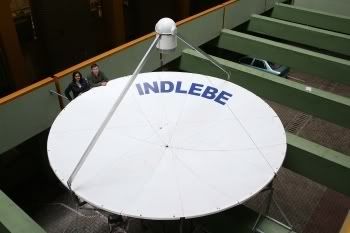
Last week, the Indlebe Radio Telescope, situated on the Steve Biko campus of the Durban University of Technology, successfully detected its first radio source.
The Indlebe Radio Telescope is a transit instrument that operates at the Hydrogen Line frequency of 1420 MHZ and uses a very sensitive radio receiver to detect extraterrestrial radio signals.
Stuart MacPherson, project leader in Electronic Engineering at the university, said he and his students were amazed when they realised the telescope had picked up a signal.
“We had made significant changes to the receiver to increase its sensitivity. When we went in that morning to check the data, we found that it had detected a source,” he said.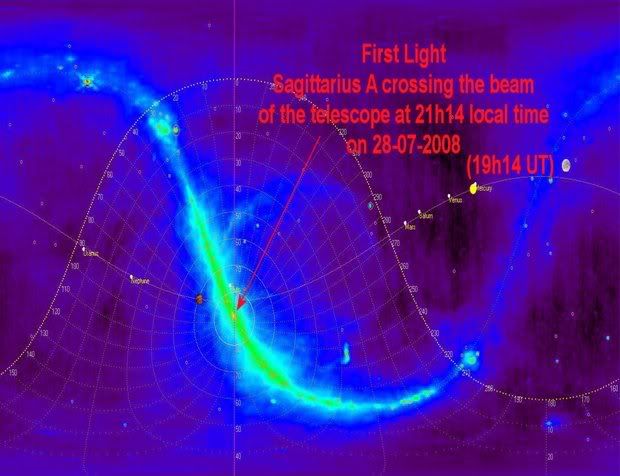
Schematic showing Sagittarius A crossing the beam of Indlebe on July 28, 2008
On whether there is alien life out there, MacPherson laughed and said there is hope and a possibility that the radio signal could be generated by an alien source.
He said a strong electro-magnetic source was detected in Sagittarius A, which lies in the center of the Milky Way.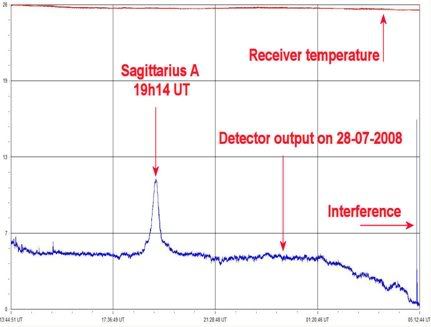
Plot showing the detected output from Indlebe on 28 July 2008
“It’s unbelievable. It’s definitely a great relief for us because now we know that the radio telescope works. The students were excited and shocked at the same time,” he said.
MacPherson said there are plans to improve the telescope.
“It’s still early days, but we will move on to bigger things. We are going to increase the sensitivity of the system. The radio telescope will be used for years to come,” he added.
He said that the detection of the source is a significant step for the students, as all the hardware — the antenna and feed horn, the final analog and the digital converter providing a digital representation of the detected source to a PC — has been designed and constructed on campus.
“It is intended that the received data will shortly be made available in real time to interested persons who will be able to graph the data using freely available software,” he said.
MacPherson said that the Indlebe project was started in 2006 by the Department of Electronic Engineering to attract high school pupils to the department and to give undergraduate and postgraduate students an opportunity to work on a real-world, complex electronic system.
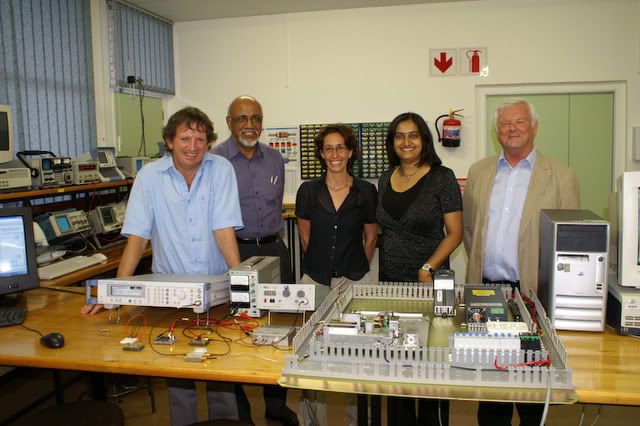
The following I just found in the Durban University website today
Durban University of Technology Indlebe Radio Telescope Sees First Light
On the evening of 28th July 2008, at 21h14 local time the Indlebe Radio Telescope, situated on the Steve Biko campus of the Durban University of Technology, successfully detected its first radio source from beyond the solar system. A strong source was detected from Sagittarius A, the centre of the Milky Way Galaxy, approximately 30 thousand light years away.To put this achievement into perspective, the energy gained by a grain of rice falling 2 cm in the earth’s gravity to a plate is more than the total energy received by all the radio telescopes in the world operating since 1960.
The Indlebe project was initiated in 2006 by the Department of Electronic Engineering with the primary object of providing engineering projects and research opportunities to undergraduate and postgraduate students working on a real-world complex electronic system. A secondary objective was to provide a vehicle to increase awareness and interest of secondary school students in the fields of Science, Engineering and Technology (SET), and to promote local awareness of the celebration of the International Year of Astronomy in 2009 (IYA2009).
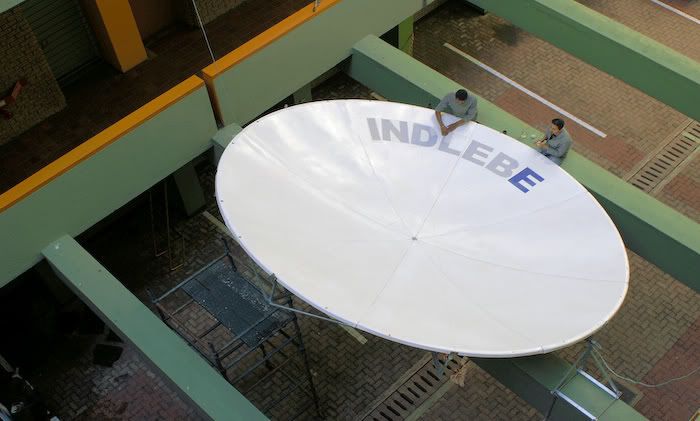
Indlebe is the Zulu word for ear, an appropriate name for the project when one views the 5 m diameter parabolic reflector antenna of the telescope from above. The telescope is a transit instrument which operates at the Hydrogen Line frequency of 1420 MHz and uses a very sensitive radio receiver to detect extra terrestrial radio sources. A remarkable aspect of the project is that all the hardware, from the antenna and feedhorn to the final analog to digital converter providing a digital representation of the detected source to a personal computer, has been designed by students and constructed on campus. It is intended that the received data will shortly be made available in real time to interested persons who will be able to graph the data using freely available software.
For further information
contact the project leader Stuart MacPherson via email on stuartm@dut.ac.za
Durban University of Technology
Source: Weekend Witness

204 - June Alien Casebook articles on one page
198 - July Alien Casebook articles on one page
All - August Alien Casebook articles on one page



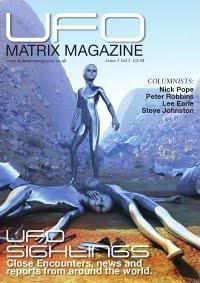
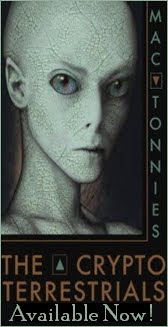



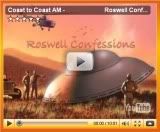




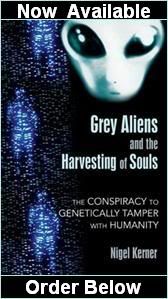




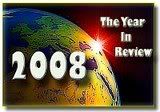







2 comments:
Awesome that their system detected the 'signal', but this cluster has been throwing radio signals for a long time. As I recall, it is the possible location of a black hole.
Could the origin of the signal be pinpointed and was that signal detected again .
What was the signal a pulsed signal with a very specific interval or a constant carrier ?
What gain does a 5 mtr dish have on 1,42Ghz ?
How much stronger was that same sigal that was received by the massive dish in Arecibo ?
Johan Visagie
ZR4LP
ZR4LP@lantic.net
Post a Comment